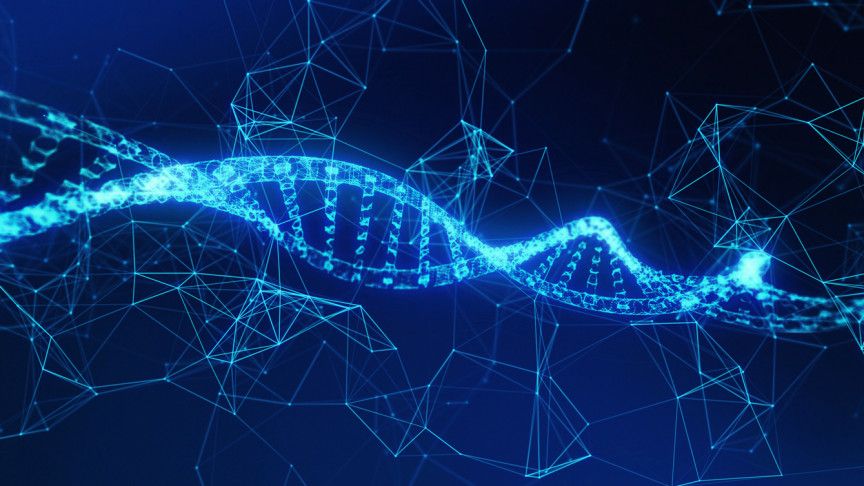I am going home bigsmile
The “All-Directional Flying Object” is a proof of concept that’s the result of more than two decades of engineering work.

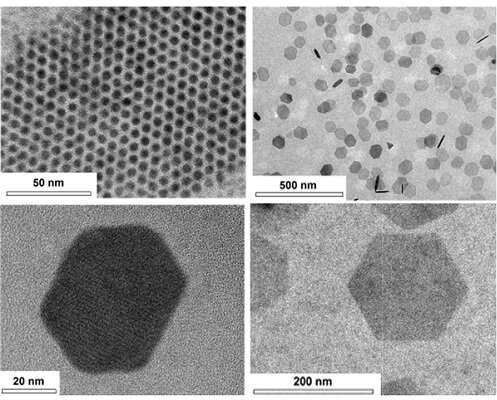
A KAIST team has designed a novel strategy for synthesizing single-crystalline graphene quantum dots, which emit stable blue light. The research team confirmed that a display made of their synthesized graphene quantum dots successfully emitted blue light with stable electric pressure, reportedly resolving the long-standing challenges of blue light emission in manufactured displays. The study, led by Professor O Ok Park in the Department of Chemical and Biological Engineering, was featured online in Nano Letters on July 5.
Graphene has gained increased attention as a next-generation material for its heat and electrical conductivity as well as its transparency. However, single and multi-layered graphene have characteristics of a conductor so that it is difficult to apply into semiconductor. Only when downsized to the nanoscale, semiconductor’s distinct feature of bandgap will be exhibited to emit the light in the graphene. This illuminating featuring of dot is referred to as a graphene quantum dot.
Conventionally, single-crystalline graphene has been fabricated by chemical vapor deposition (CVD) on copper or nickel thin films, or by peeling graphite physically and chemically. However, graphene made via chemical vapor deposition is mainly used for large-surface transparent electrodes. Meanwhile, graphene made by chemical and physical peeling carries uneven size defects.
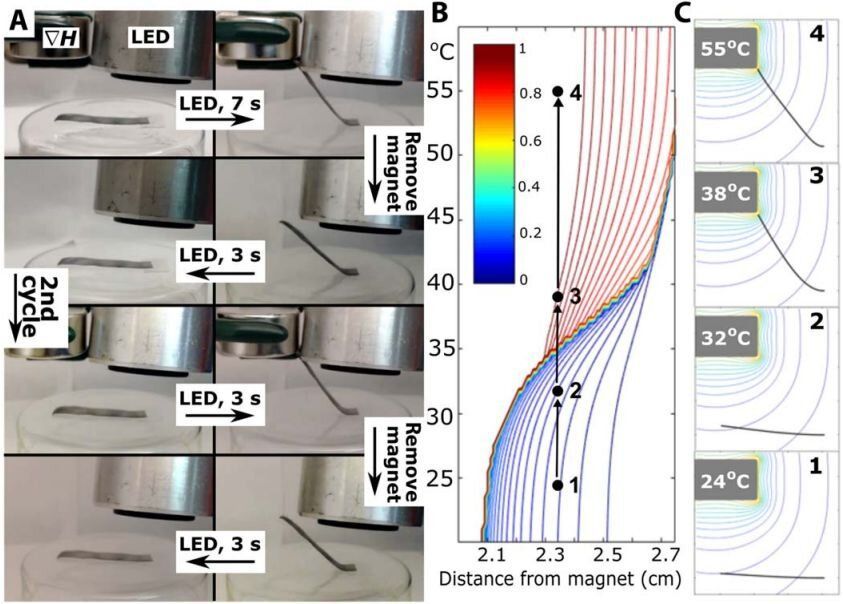
Researchers from North Carolina State University and Elon University have developed a technique that allows them to remotely control the movement of soft robots, lock them into position for as long as needed and later reconfigure the robots into new shapes. The technique relies on light and magnetic fields.
“We’re particularly excited about the reconfigurability,” says Joe Tracy, a professor of materials science and engineering at NC State and corresponding author of a paper on the work. “By engineering the properties of the material, we can control the soft robot’s movement remotely; we can get it to hold a given shape; we can then return the robot to its original shape or further modify its movement; and we can do this repeatedly. All of those things are valuable, in terms of this technology’s utility in biomedical or aerospace applications.”
For this work, the researchers used soft robots made of a polymer embedded with magnetic iron microparticles. Under normal conditions, the material is relatively stiff and holds its shape. However, researchers can heat up the material using light from a light-emitting diode (LED), which makes the polymer pliable. Once pliable, researchers demonstrated that they could control the shape of the robot remotely by applying a magnetic field. After forming the desired shape, researchers could remove the LED light, allowing the robot to resume its original stiffness—effectively locking the shape in place.
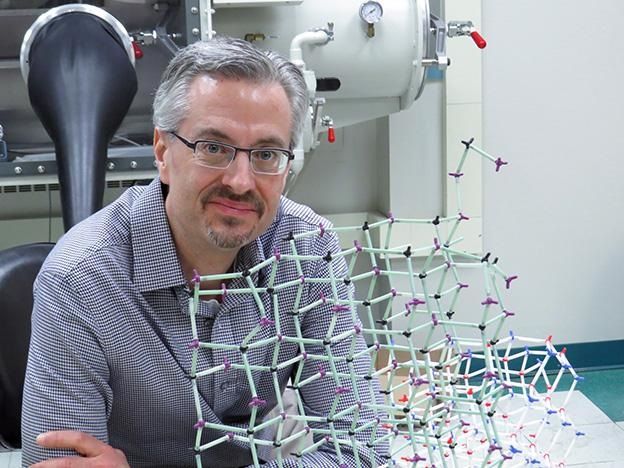
This week’s podcast features an interview with Ray LaPierre, who heads up the department of engineering physics at McMaster University in Canada. Ray talks to fellow Canadian Hamish Johnston about his research in semiconductor nanowires, in particular for use in photonics and quantum computers, and also shares his experiences of working at JDS Uniphase during the telecoms boom.
Physics World’s Anna Demming also joins the podcast to describe a flurry of new results in the emerging field of twistronics – where two layers of graphene are stacked on top of each other but twisted at a slight angle to each other. The discovery last year that bilayer graphene can become a superconductor if the two graphene layers are twisted at the so-called magic angle of 1.1º won Physics World’s 2018 Breakthrough of the Year, and since then the race has been on to investigate other angle-dependent properties of twisted bilayer graphene. Anna describes how different research teams are now trying to work out what causes these intriguing effects.
We also talk to industry editor Margaret Harris about the importance of technology and engineering for scientific progress. Margaret shares her own “light-bulb” moment, when she realized that new laser technology could have saved hours of experimental time during her PhD, and also highlights several articles in the latest Physics World Focus on Instruments and Vacuum that highlight how breakthrough scientific discoveries rely on developments in the enabling technologies – including the first images of a black hole that were revealed in April.
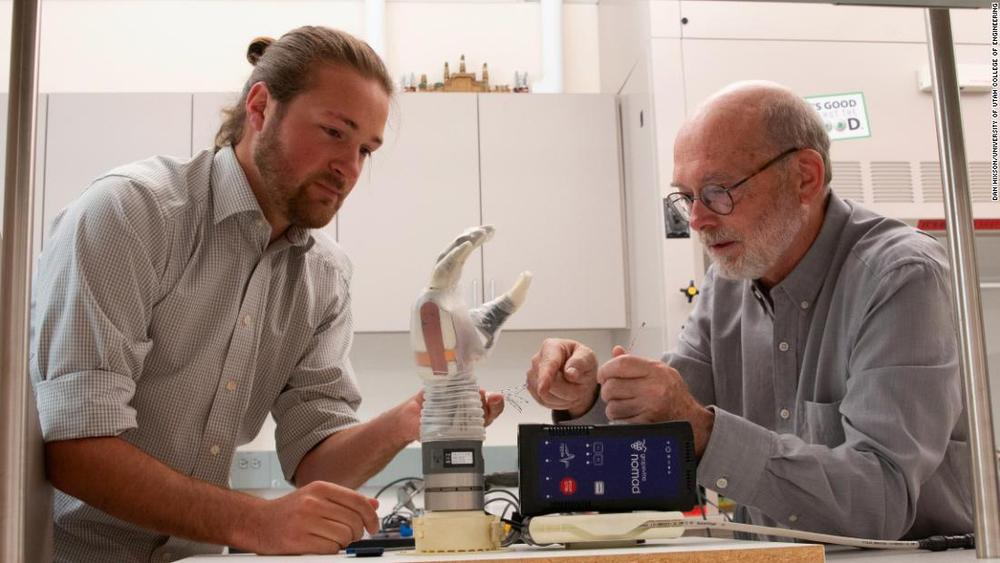
About 17 years ago, Keven Walgamott lost his left hand and part of his forearm in an electrical accident. Now, Walgamott can use his thoughts to tell the fingers of his bionic hand to pick up eggs and grapes. The prosthetic arm he tested also allowed Walgamott to feel the objects he grasped.
A biomedical engineering team at the University of Utah created the “LUKE Arm,” named in honor of the robotic hand Luke Skywalker obtains in “Star Wars: The Empire Strikes Back” after Darth Vader slices off his hand with a lightsaber.
A new study published Wednesday in the journal Science Robotics explained how the arm revived the sensation of touch for Walgamott. The University of Chicago and the Cleveland Clinic were also involved in the study.

On Tuesday afternoon, NASA announced 19 new partnerships with 10 US companies to help bring more cutting-edge technologies closer to production use in spaceflight. There were a lot of useful engineering ideas here, such as precision landing systems and robotic plant farms, but perhaps the most intriguing one involved the rocket company SpaceX and two of NASA’s field centers—the Glenn Research Center in Ohio and the Marshall Space Flight Center in Alabama.
“SpaceX will work with Glenn and Marshall to advance technology needed to transfer propellant in orbit, an important step in the development of the company’s Starship space vehicle,” the NASA news release states. This is a significant announcement for reasons both technical and political.
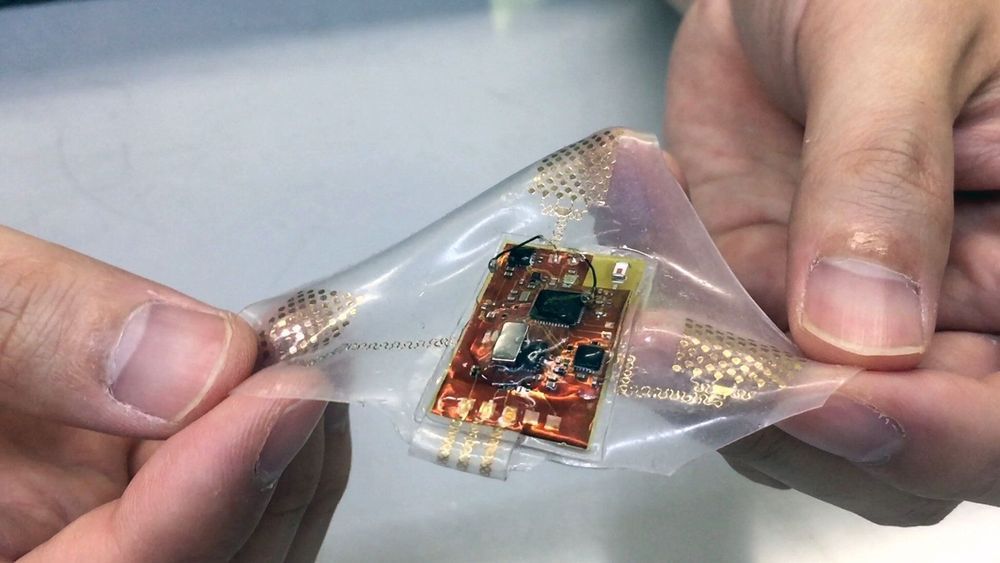
A wireless, wearable monitor built with stretchable electronics could allow comfortable, long-term health monitoring of adults, babies and small children without concern for skin injury or allergic reactions caused by conventional adhesive sensors with conductive gels.
The soft and conformable monitor can broadcast electrocardiogram (ECG), heart rate, respiratory rate and motion activity data as much as 15 meters to a portable recording device such as a smartphone or tablet computer. The electronics are mounted on a stretchable substrate and connected to gold, skin-like electrodes through printed connectors that can stretch with the medical film in which they are embedded.
“This health monitor has a key advantage for young children who are always moving, since the soft conformal device can accommodate that activity with a gentle integration onto the skin,” said Woon-Hong Yeo, an assistant professor in the George Woodruff School of Mechanical Engineering and Wallace H. Coulter Department of Biomedical Engineering at the Georgia Institute of Technology. “This is designed to meet the electronic health monitoring needs of people whose sensitive skin may be harmed by conventional monitors.”
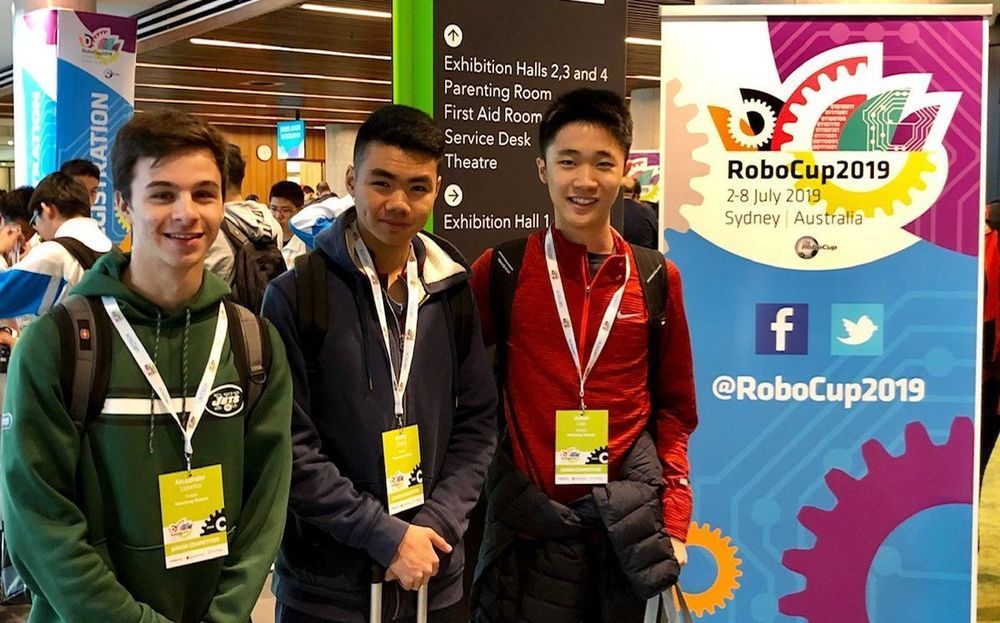
Three New Jersey teens brought home two international awards for their artificial intelligence robot, who competed at the International Robocup Junior Championship in Sydney, Australia earlier this month.
The team — made up of high school juniors Julian Lee of Livingston and Jeffrey Cheng from Bridgewater, and senior Alexander Lisenko, also of Bridgewater — won the third place World Title for Individual Team Tournament, and the Judge’s Award for Best Rescue Engineering Strategy in the Rescue Maze League.
The trio belongs to Storming Robots, a New Jersey-based Robotics Learning Lab, and competed against teams of 14- to 19-year-olds from around the world in the July 4–9 contest.
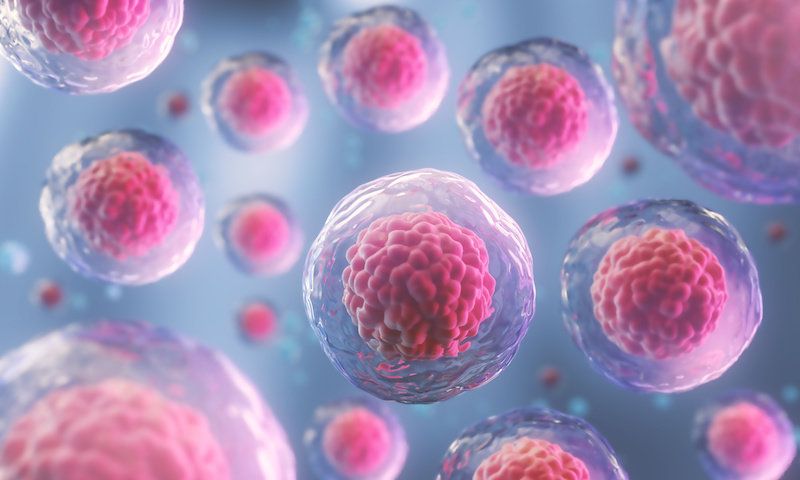
New research from the USC Viterbi School of Engineering could be key to our understanding of how the aging process works. The findings potentially pave the way for better cancer treatments and revolutionary new drugs that could vastly improve human health in the twilight years.
The work, from Assistant Professor of Chemical Engineering and Materials Science Nick Graham and his team in collaboration with Scott Fraser, Provost Professor of Biological Sciences and Biomedical Engineering, and Pin Wang, Zohrab A. Kaprielian Fellow in Engineering, was recently published in the Journal of Biological Chemistry.
“To drink from the fountain of youth, you have to figure out where the fountain of youth is, and understand what the fountain of youth is doing,” Graham said. “We’re doing the opposite; we’re trying to study the reasons cells age, so that we might be able to design treatments for better aging.”
